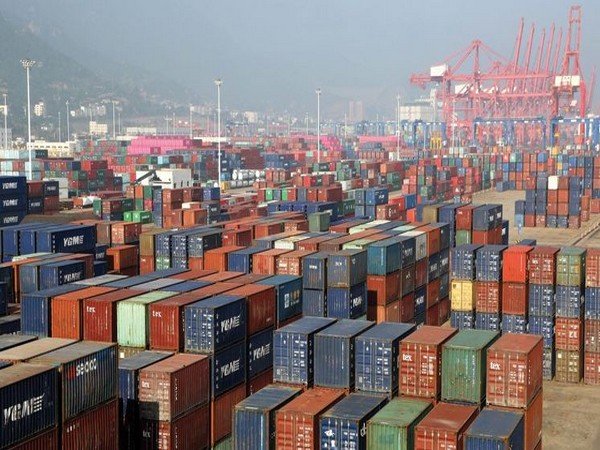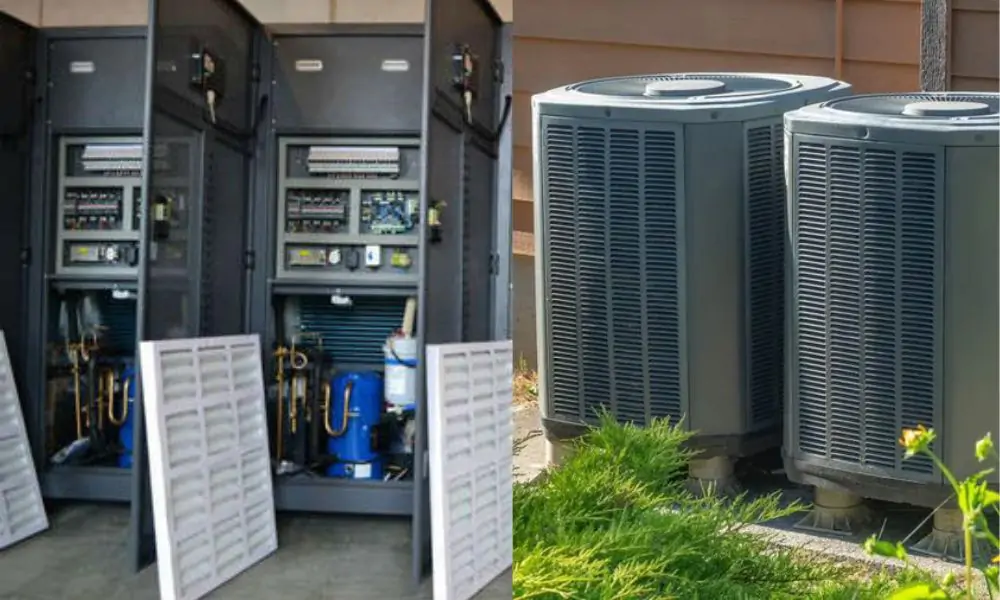In recent years, the use of storage containers has become increasingly popular in urban development. From homes to offices and even retail spaces, storage containers have proven to be a versatile and cost-effective solution for many urban challenges. In this article, we will explore the impact that storage container have had on urban development, including the advantages and disadvantages of their use, as well as some creative examples of container-based projects.
Advantages of Storage Containers in Urban Development
One of the primary advantages of using storage containers in urban development is their affordability. Compared to traditional construction methods, storage containers are relatively inexpensive, making them an attractive option for developers who want to create affordable housing or commercial spaces. Additionally, since storage containers are designed to be durable and weather-resistant, they are ideal for urban environments that experience extreme weather conditions or high levels of pollution.
Another advantage of storage containers is their portability. Unlike traditional buildings, storage containers can be easily transported from one location to another, making them an excellent solution for temporary or mobile projects. For example, storage containers can be used to create pop-up stores, food trucks, or even temporary shelters for homeless individuals.
Creative Examples of Container-Based Projects
Storage containers have been used in a variety of creative ways in urban development. Here are just a few examples:
Shipping Container Homes
One of the most well-known uses of storage containers in urban development is for housing. Shipping container homes have become increasingly popular in recent years, particularly as a solution for affordable housing in urban areas. These homes are typically made from repurposed shipping containers and offer a unique and modern living space.
Container Offices
In addition to homes, storage containers have also been used to create office spaces. Container offices are particularly useful for companies that need a temporary or mobile workspace. They can be easily transported to different locations and provide a flexible and cost-effective solution.
Pop-Up Stores
Another creative use of storage containers in urban development is for pop-up stores. These temporary retail spaces can be set up quickly and easily, making them an excellent option for small businesses or independent retailers. Pop-up stores are particularly popular in urban areas with high foot traffic, such as busy shopping districts or street markets.
Disadvantages of Storage Containers in Urban Development
While there are many advantages to using storage containers in urban development, there are also some potential drawbacks to consider. One of the primary concerns is the environmental impact of using shipping containers. While repurposing storage containers can be an eco-friendly solution, it is important to consider the environmental impact of the container’s original use as well as the energy required to transport and modify the container.
Another potential disadvantage of storage containers is their limited size. While multiple containers can be combined to create larger spaces, there are still limits to the size and shape of the structures that can be created. This may be a challenge for developers who want to create large commercial or residential spaces.
Overall, the impact of storage containers on urban development has been significant. From affordable housing to creative retail spaces, storage containers have proven to be a versatile and cost-effective solution for many urban challenges. However, as with any development strategy, it is important to consider both the advantages and disadvantages of using storage containers. By doing so, we can ensure that container-based projects are sustainable, environmentally friendly, and meet the needs of the communities they serve.




